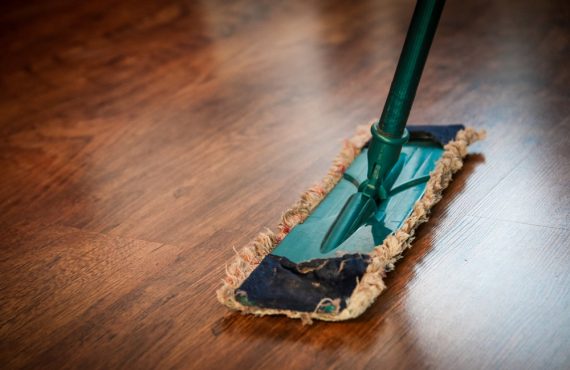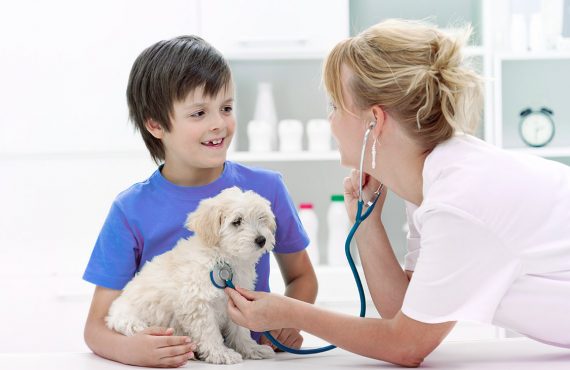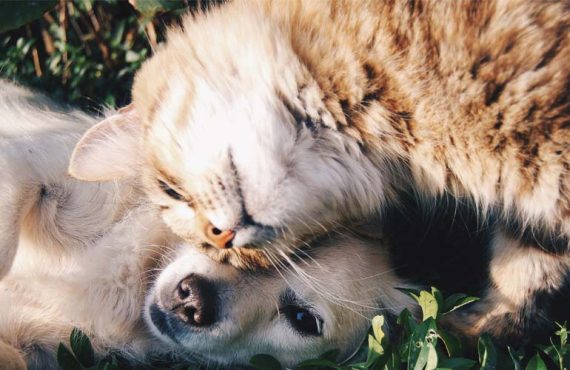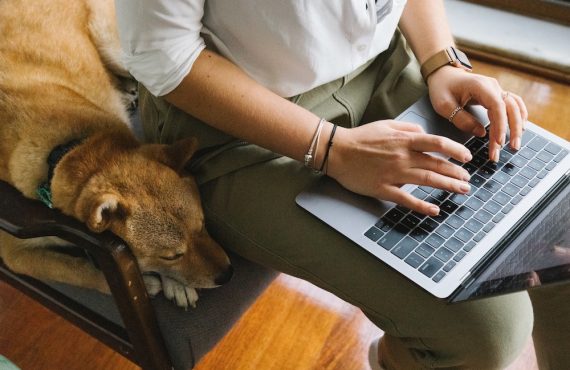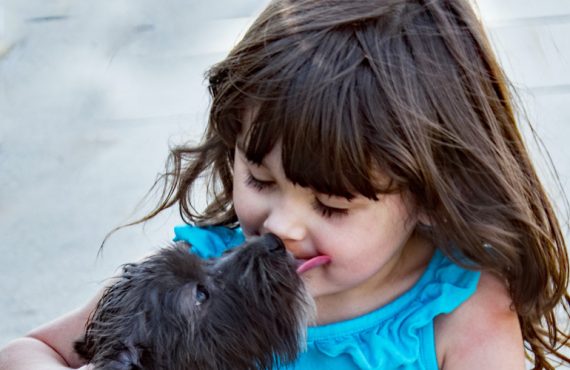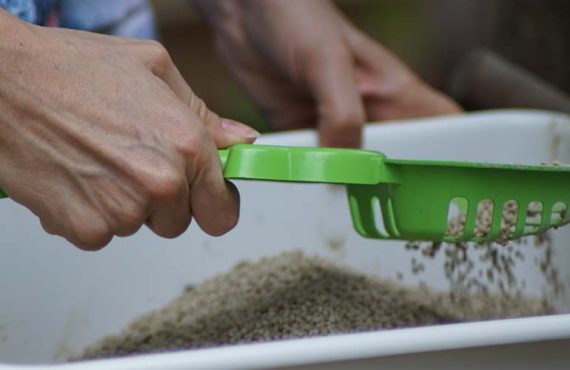Recently at Leo&Lucky’s, our groomers and many staff members took a pet CPR course and first aid training. We learned a lot, and wanted to share some tips with our customers. When a pet is hurt or sick, you can help keep them safe before bringing them to a veterinarian.
Basic First Aid
Always have a first aid kit on hand. Include the number for animal poison control (888-426-4435 or 24/7 – 855-886-7965), your vet’s phone number, an emergency vet’s phone number, a copy of your pet’s proof of rabies vaccination and a copy of their medical records. Other items to have in the kit include a muzzle, gauze, nonstick bandages, adhesive tape for bandages, a rectal thermometer, a large eye dropper or syringe without needle, a leash, milk of magnesia or activated charcoal, and hydrogen peroxide. Do not give any substances to your pet without speaking to your vet or animal poison control first.
When a pet is injured, get out of danger and keep your pet as warm, quiet, and calm as possible. For everyone’s safety, muzzle your pet if they are hurt or scared. Even the calmest animal can act out of fear when they are in pain. If you don’t have a muzzle handy, check out this video tutorial to learn how to make one out of gauze.
Press a clean, thick gauze pad over any wounds, and hold pressure on the wound until blood stops flowing. Hold pressure for a minimum of three minutes before checking on the clotting.
If you think the pet may have broken bones, use a board to transport the pet from place to place. Secure your pet to the board with a towel or blanket.
Head to a veterinarian as soon as possible. For further information, here is more on pet first aid from the American Veterinary Medical Association.
CPR Directions from Learn CPR, a free service by the University of Washington School of Medicine:
CPR for cats and dogs is similar to CPR for humans. These directions assume the animal is unconscious and the risk of being bitten by the animal is not present. Get to a veterinarian as soon as possible.
- Remove any obstruction. Open the animal’s mouth and make sure the air passage is clear. If not, remove the object obstructing the air passage.
- Extend the head and give several artificial respirations.
- For large dogs, close the dog’s jaw tightly and breathe into the nose. The dog’s chest should rise. Give 2 breaths.
- For small dogs and cats, you may be able to cover the nose and mouth with your mouth as you breathe. The animal’s chest should rise. Give 2 breaths.
- Perform chest compression.
- For large dogs, you may be able to position the dog on its back and compress the chest just like for humans.
- For small dogs and cats as well as large dogs with funnel chests, you may need to lay the animal on its side and compress the side of the rib cage. Alternatively, you can position the animal on its back and press on both sides of the rib cage.
- The rate of chest compressions varies with the size of the animal:
- Dogs over 60 pounds: 60 compressions per minute
- Animals 11 to 60 pounds: 80-100 compressions per minute
- Animals 10 pounds or less: 120 compressions per minute
- Alternate breaths with compressions. The ratio of compressions to breaths should be approximately 30:2. Continue doing this until the animal responds or begins to breathe on its own.
Here is a video explaining Pet CPR further. Hopefully we will never have to use any of this information, but it is always best to be prepared.
See you soon in store!


